When you have a good experience with a brand, you are likely to turn to them again. Asking questions to assess your customers’ satisfaction with your products or services can help you better understand their satisfaction levels, and also further explore why they are or are not satisfied. This will increase customer satisfaction, retention, and...
When you have a good experience with a brand, you are likely to turn to them again.
Asking questions to assess your customers’ satisfaction with your products or services can help you better understand their satisfaction levels, and also further explore why they are or are not satisfied.
This will increase customer satisfaction, retention, and loyalty, as well as their likelihood of buying again. It is therefore essential to continually maintain and nurture their satisfaction.
Here are 6 customer satisfaction indicators to monitor, for a more in-depth view of your customers’ satisfaction levels.
1 — Customer Expectations vs Product Perception
“Did our service meet your expectations?”
Ask respondents to rate the main aspects of your service on a scale of 1 to 5, ranging from “completely disagree” to “completely agree”.
This question will also help you identify your service’s weaknesses and strengths.
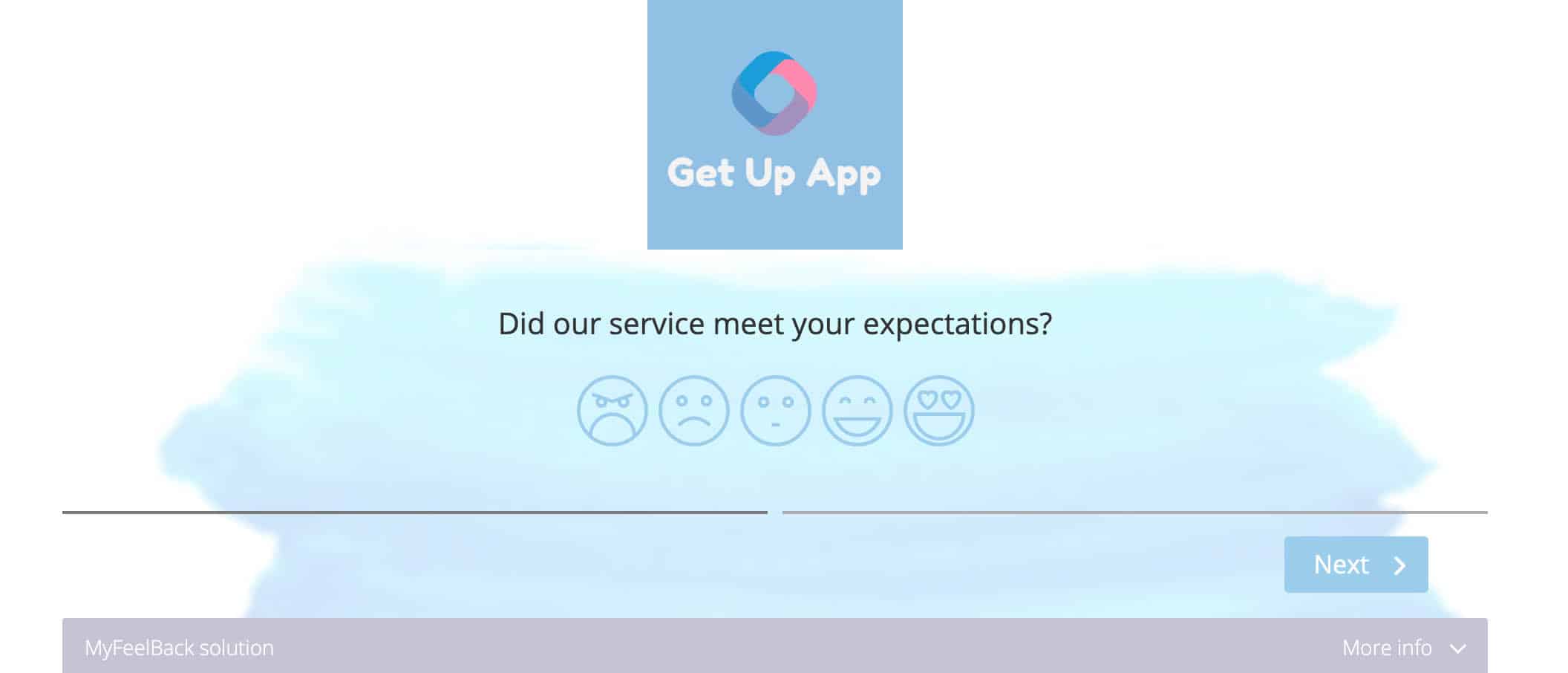
2 — The Net Promoter Score (NPS)
“How likely are you to recommend our services to others?”
This is probably the most frequently asked question in the world of customer relations. It can give you a good idea of how attached your customers are to your services.
Customers will only put their reputation on the line and recommend you if they trust you and are satisfied with your services. This recommendation indicator therefore also enables you to measure customer satisfaction.
This is a very standardised indicator in both the way it is calculated and the way the question is phrased.
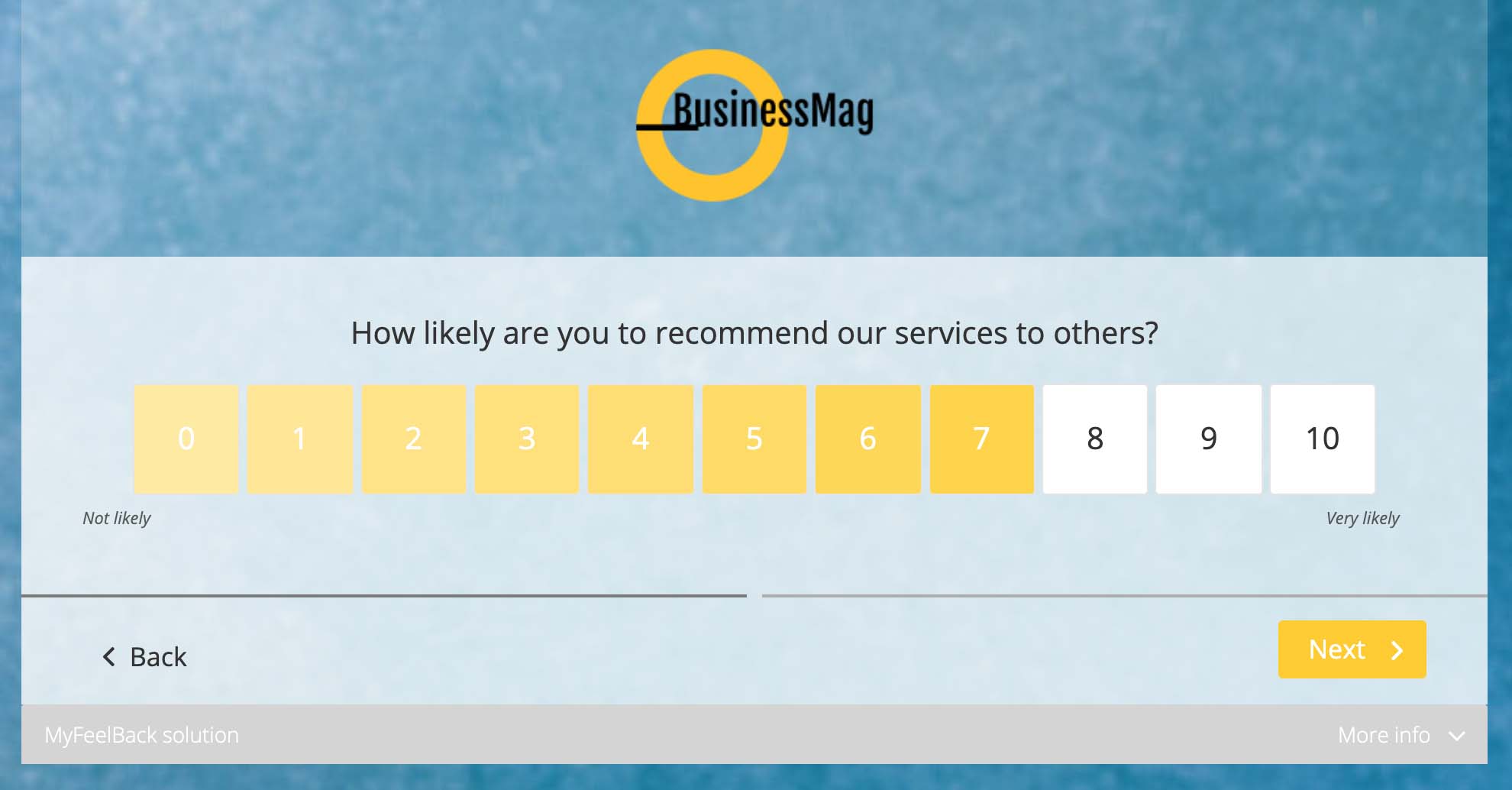
3 — The Customer Effort Score (CES)
“How much effort did you personally have to put forth to handle your request?”
The Customer Effort Score is a very useful indicator for measuring the quality of the customer journey.
It enables you to measure the effort your customer has to exert when interacting with your organisation. The idea being that the less effort required, the more likely the customer is to make a first purchase or remain loyal.
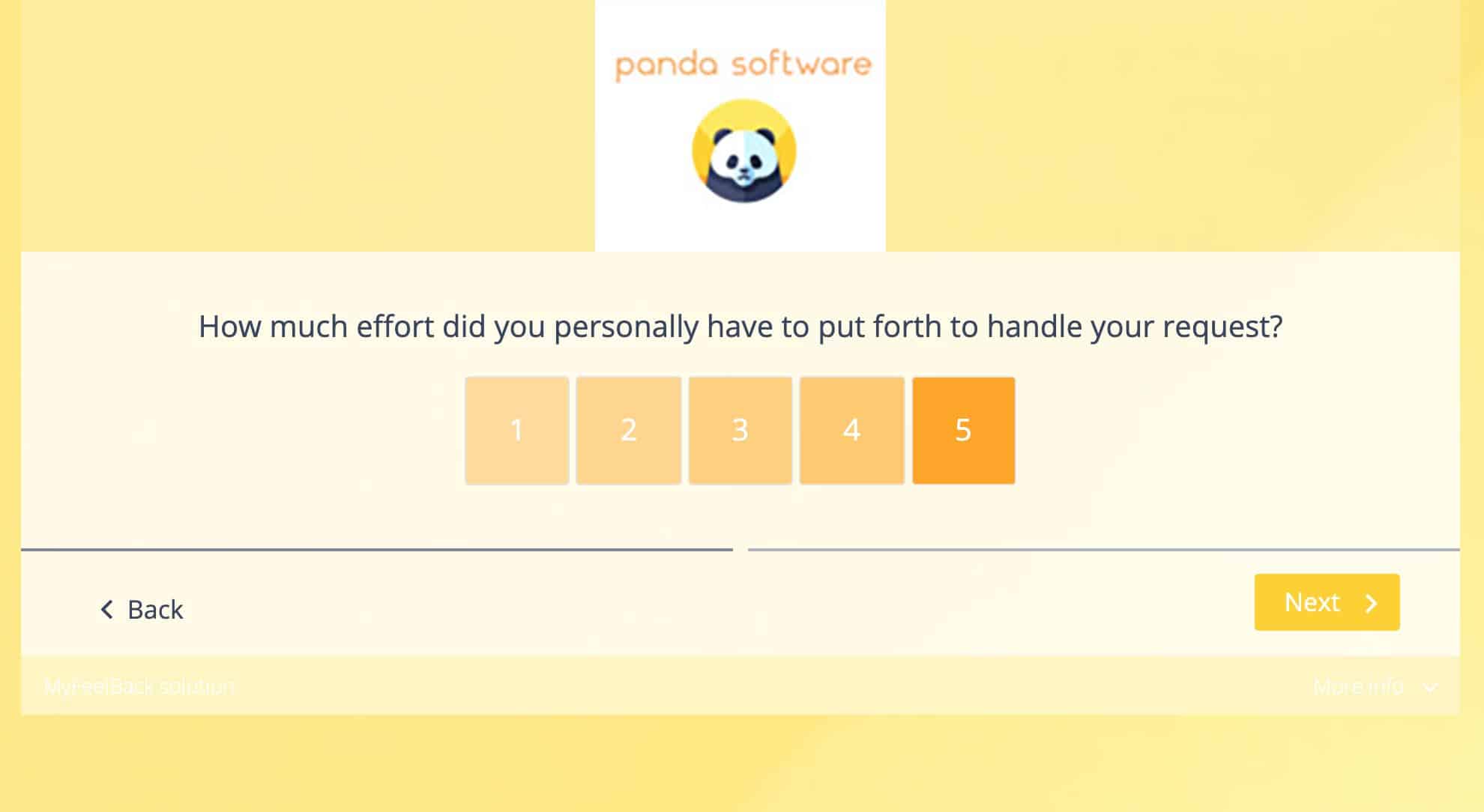
4 — CSAT, the Ultimate Satisfaction Score
“Overall, how satisfied are you with our brand?”
This question reflects your customers’ overall satisfaction with your company. There are 2 options. Either a classic scale question, or an open-ended question.
For an open-ended question, look for terms relating to quality, reliability, and customer happiness. These 3 indicators are predictive of customer satisfaction. Automated semantic analysis is particularly useful for processing these types of answers.
The CSAT indicator has become a must. Most companies use it. The question is usually asked after an interaction with customer services, but also after a purchase or visit to your website.
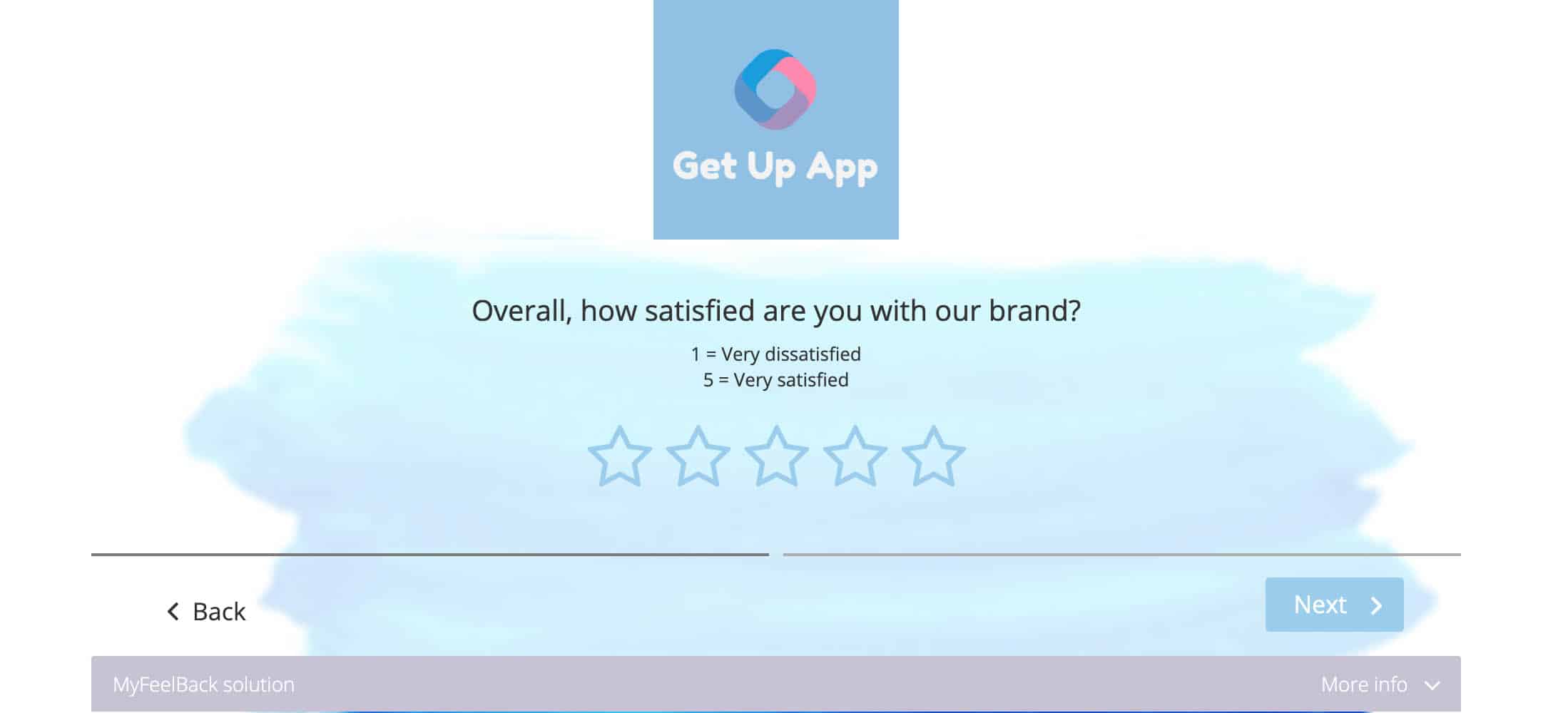
5 — Customer Satisfaction Linked to Affective and Cognitive Aspects
“How important is the waiting time in your decision to choose our company?”
The affective aspect of satisfaction relates to whether or not your customer likes something. It is mainly used when measuring the benefits of your service (after-sales service, waiting time, delivery, etc.). Customer satisfaction is influenced by the perceived quality of these advantages.
The cognitive aspect relates to judgement. Was the product useful or not? Was it adapted to the situation or not? Judgement is often specific to the service’s intended use.
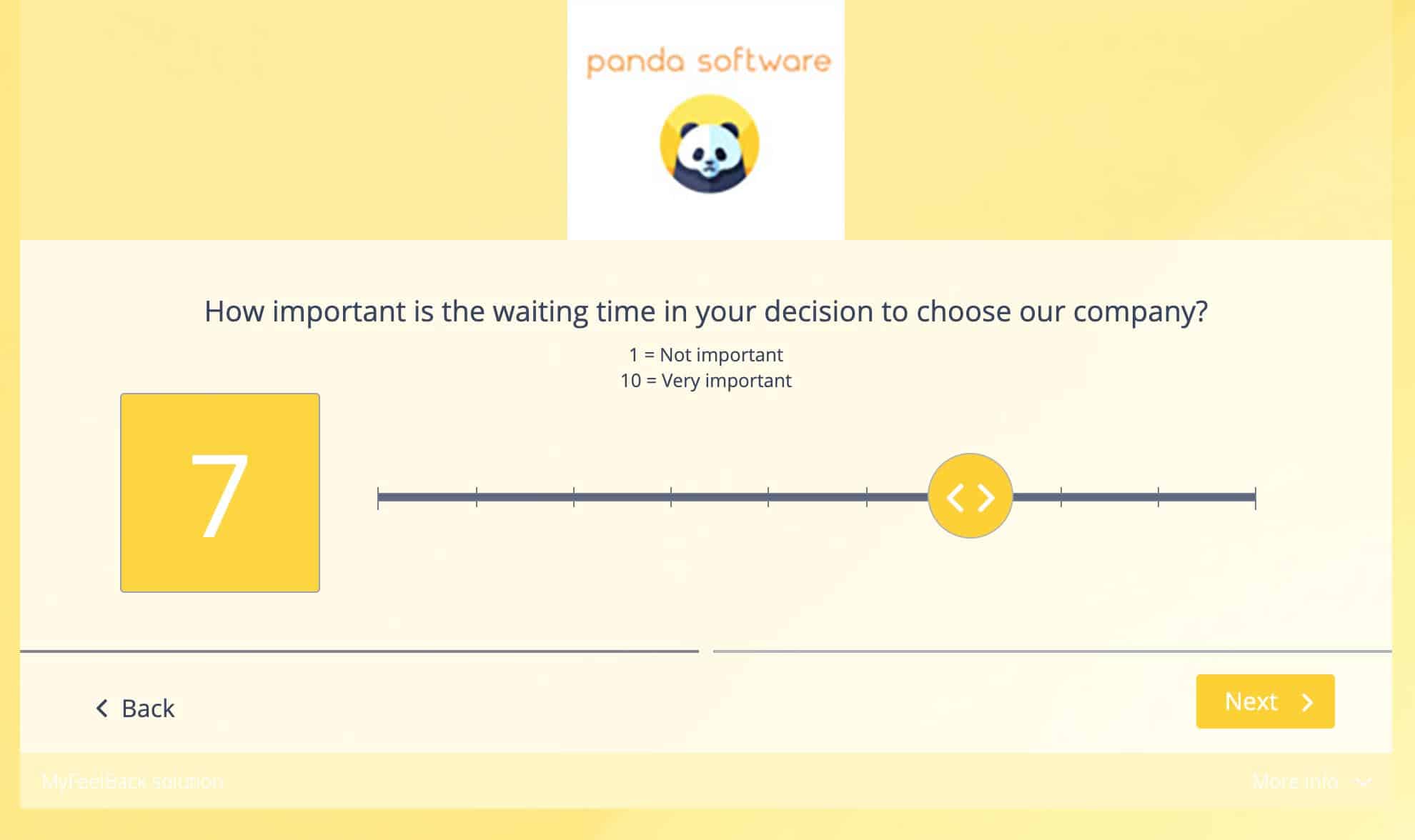
6 — Repurchase Intention
“Do you intend to renew your contract with us?”
Customer satisfaction influences a customer’s decision to renew their contract or buy new products from you.
By asking your customer directly, you can get a good idea of how satisfied they are and whether or not they wish to pursue their journey with you.
Keep all these indicators in mind and analyse them in depth, to better understand your customers’ satisfaction or dissatisfaction.












